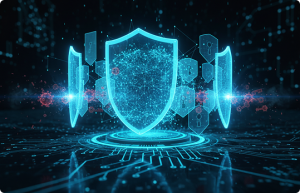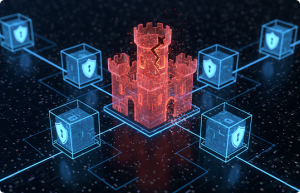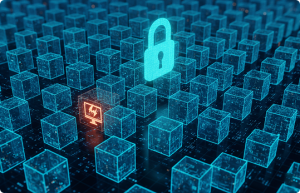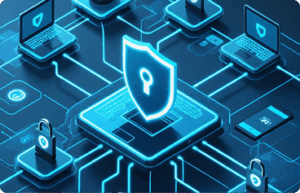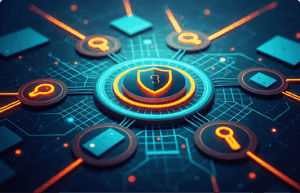As we move deeper into the digital age, cybersecurity in 2025 is set to face unprecedented challenges. With the rapid expansion of cloud infrastructure, hybrid workforces, AI-driven threats, and evolving ransomware tactics, organizations must adopt proactive and adaptive security strategies to stay protected. Here are the top cybersecurity challenges expected in 2025 — and how enterprises can address them.
1. AI-Powered Cyber Attacks
Cybercriminals are leveraging artificial intelligence and machine learning to create more targeted and sophisticated attacks. Phishing emails, malware, and deepfakes will be harder to detect without AI-driven security tools that analyze behavior and adapt in real time.
2. Ransomware-as-a-Service (RaaS)
Ransomware will continue to evolve, with “as-a-service” models lowering the barrier to entry for attackers. Enterprises must invest in advanced threat detection, endpoint protection, and strong backup/recovery strategies to minimize impact.
3. Zero-Day Exploits and Supply Chain Attacks
The increase in zero-day vulnerabilities and attacks targeting third-party vendors makes Zero Trust Security a necessity. Organizations should implement strict access controls, continuous monitoring, and software bill of materials (SBOM) tracking.
4. IoT & Edge Device Vulnerabilities
As IoT and edge computing expand, so do potential entry points for attackers. Security strategies must include network segmentation, automated device discovery, and policy-based access for all endpoints.
5. Insider Threats and Human Error
Even in 2025, insider threats and misconfigurations will remain major risks. Continuous user behavior monitoring, privilege management, and regular employee training are key.
To overcome these threats, businesses must embrace smarter cybersecurity platforms like Netviss, which combine real-time visibility, automated threat detection, and Zero Trust enforcement in one powerful solution. Staying ahead in 2025 requires not just tools—but intelligent, proactive cybersecurity strategies that evolve with the threat landscape.


